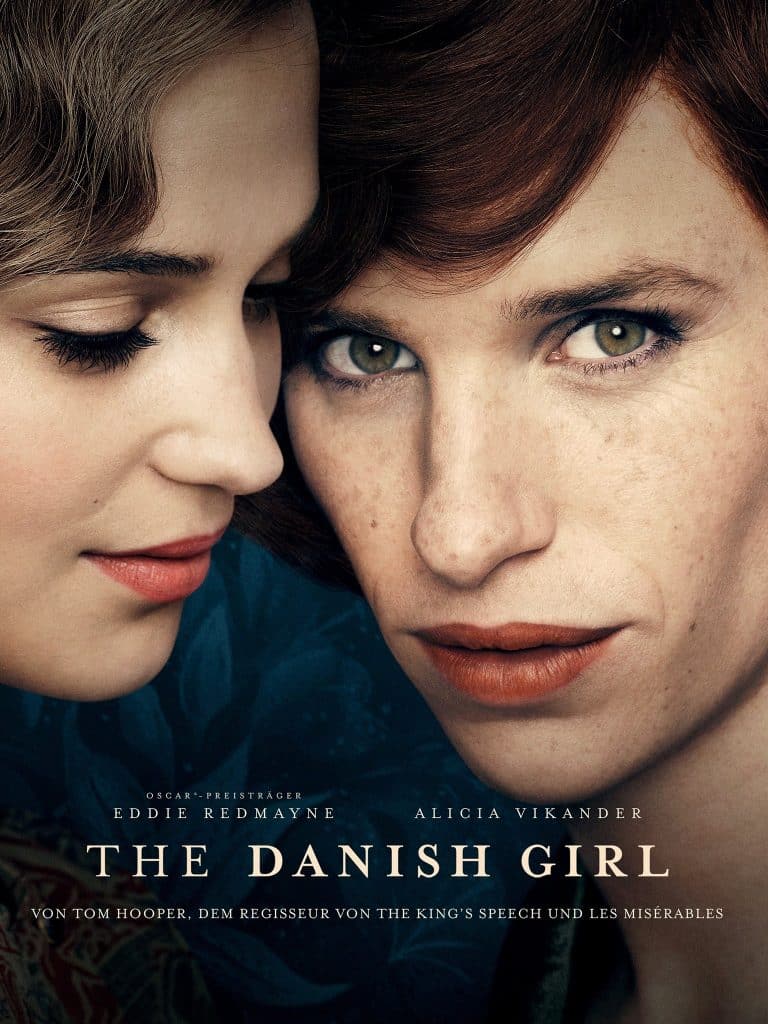The film The Danish Girl (2015) provides a complex representation of gender as it centres on the transitioning of its main character from male to female. Based on a true story set in 1926 Copenhagen, Einar Wegener and his wife Gerda are famous artists living in a traditional heterosexual relationship. One day, Gerda asks Einar to model as “Lili” for one of her portraits.
At this moment, Einar comes to a realisation; he has been suppressing his true feelings, and he is a woman trapped in a man’s body. While Einar is modelling as a woman for his wife, the film focuses on how he feels the fabric on his body and senses him fantasising about himself in a female body. As the camera zooms in, the sounds of his shallow breaths become audible and accentuate his excitement.
The viewer can sense the struggle he is experiencing in this scene, having realised this new identity. Throughout the film, it is evident Einar struggles with his realisation and subsequent body image. He often imitates the women around him and picks up feminine traits such as hand gestures and a feminine poise in his body language. Even before he transitioned to Lili, he found stereotypical feminine interests, such as clothing and makeup, to be attractive.
After transitioning, Lili attempts to erase anything to do with her former identity, such as being a painter. Previously, Einar was a landscape painter known for painting dark and depressing bogs. It seems the dark scenes all along symbolised Lili’s internal turmoil. The distress of the misrepresentation of gender harms her mental health so much she also loses a large amount of weight.
Her former masculine identity repulses her so much, it makes her contemplate suicide. She truly believes she is a female. Her only objection to killing Einar is that she will also be killing Lili. Lili’s gender transition is perplexing, and this film centres on how Lili’s monumental decision affects not only Einar and Lili but everyone in her life. Gerda’s response is significant.
Gerda goes through an array of emotions, from the grief and devastation of losing her husband to blaming herself because she created Lili. In response, Lili reveals that Gerda “helped bring Lili to life, but she was always waiting.” The film shows the pair continuing to love each other and displaying Lili/Einar as loved no matter what gender they identify by. The Danish Girl provides a complex representation of gender through a female transgender journey and how gender can redefine a person and their whole life.

